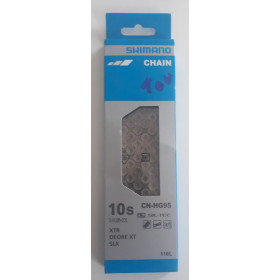-
 New product -15%Shimano 10s chain rivet
New product -15%Shimano 10s chain rivet- €3.48
- €4.10
-
 New product -30%1 chain quick connect Sram 10 speed
New product -30%1 chain quick connect Sram 10 speed- €2.44
- €3.49
-
 New product -40%Sram chain 10s PC1071
New product -40%Sram chain 10s PC1071- €26.99
- €44.99
-
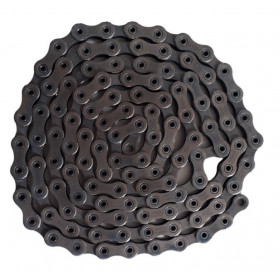 New product -50%Shimano Dura-ace XTR 11s HG901 chain
New product -50%Shimano Dura-ace XTR 11s HG901 chain- €31.50
- €62.99
-
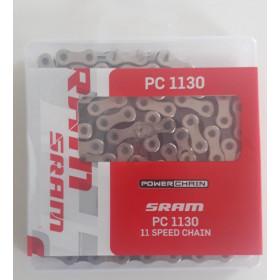 New product -10%Sram chain 10s PC1130
New product -10%Sram chain 10s PC1130- €22.49
- €24.99
-
 New product -14%Sram chain 10s PC1110
New product -14%Sram chain 10s PC1110- €12.89
- €14.99
-
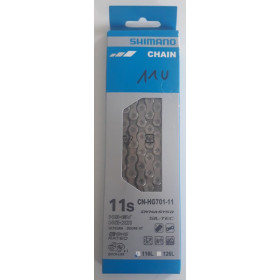 New product -38%Shimano chain 11s CN-HG701-11 116 links
New product -38%Shimano chain 11s CN-HG701-11 116 links- €30.94
- €49.90
-
Shimano chain 10s CN-HG95 XTR 116 links
- €23.36
- €40.99
-
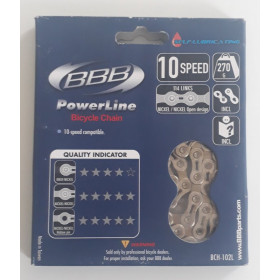 New product -30%10s chain bbb BCH-102L114 links
New product -30%10s chain bbb BCH-102L114 links- €24.49
- €34.99
-
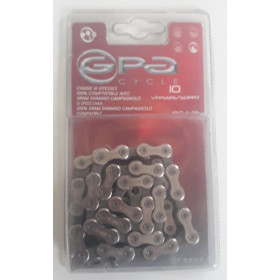 New product -25%Bicycle chain 10s GPA Cycles
New product -25%Bicycle chain 10s GPA Cycles- €20.21
- €26.95
-
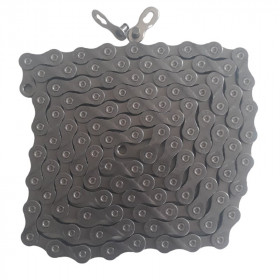 New product -25%9s chain KMC X9
New product -25%9s chain KMC X9- €11.96
- €15.95
-
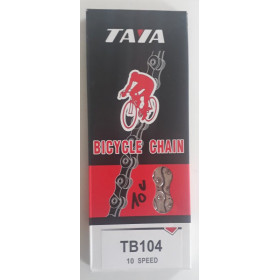 New product -18%10s chain Taya DECA-101
New product -18%10s chain Taya DECA-101- €20.49
- €24.99
-
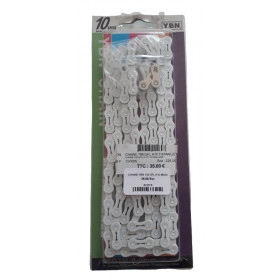 New product -15%10s chain YBN SFL-H10 116 links
New product -15%10s chain YBN SFL-H10 116 links- €29.74
- €34.99
-
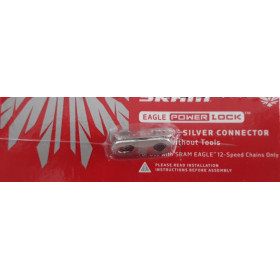 New product -25%Chain quick connect Sram 12 speed Eagle power lock
New product -25%Chain quick connect Sram 12 speed Eagle power lock- €3.15
- €4.20
-
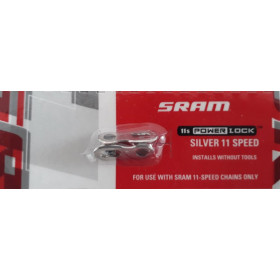 New product -25%Chain quick connect Sram 11 speed power lock
New product -25%Chain quick connect Sram 11 speed power lock- €3.15
- €4.20
-
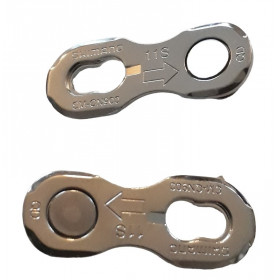 New productChain quick release Shimano 11s
New productChain quick release Shimano 11s- €8.99
-
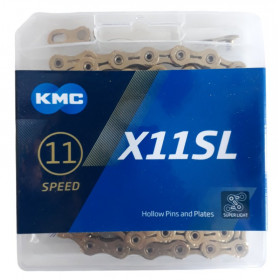 New product -30%11 speed chain KMC X11SL Ti N gold 118 links
New product -30%11 speed chain KMC X11SL Ti N gold 118 links- €52.49
- €74.99
Showing 1-17 of 17 item(s)
The chain on a downhill mountain bike plays a crucial role in transmitting the rider's pedaling power to the bicycle's wheels, while providing strength and durability suitable for the extreme conditions encountered when descending rough and technical terrain . Here is its function and main characteristics:
Function :
The main function of a downhill mountain bike's chain is to transfer the rider's pedaling force from the bottom bracket chainrings to the rear wheel sprockets, thereby propelling the bike forward. However, in the specific case of downhill riding, where cyclists often use gravity to accelerate and minimize pedaling, the chain may play a less dominant role than on other types of mountain bikes. It is mainly used for flat or slightly ascending sections, while on descents it is generally tensioned to avoid any risk of derailment.
Features :
1. Sustainability:
Downhill mountain bikes are subjected to extreme conditions, with rocky terrain, jumps, brutal landings and significant constraints on the transmission. Therefore, the chain of a downhill mountain bike is manufactured with high quality materials and special treatments to provide increased durability and resistance to wear, impact and high stress.
2. Robustness:
Downhill mountain bike chains are reinforced to withstand the impacts and significant stresses experienced when descending on rough and technical terrain. They are designed to prevent breakage or derailment, even in extreme conditions.
3. Compatibility:
Downhill MTB chains are compatible with specific MTB drivetrain configurations, which can vary depending on the number of gears and the type of crankset used. It is important to choose a chain compatible with the transmission system of your mountain bike for optimal operation.
4. Width:
Downhill mountain bikes often come with single-speed drivetrains, but some can have multi-speed setups. The width of the chain may therefore vary depending on the type of crankset used. It is essential to choose a chain of appropriate width to ensure correct engagement with the sprockets.
5. Maintenance:
Like all moving parts of a bicycle, the chain requires regular maintenance to ensure optimal operation. This includes cleaning, lubrication and periodic replacement to prevent excessive wear and extend the life of the transmission.
In summary, the chain of a downhill mountain bike is an essential component that provides durability, robustness and compatibility with the extreme conditions encountered when descending technical terrain. It ensures efficient transmission of the cyclist's pedaling power to the bicycle wheels, while providing increased resistance to shock and wear.

